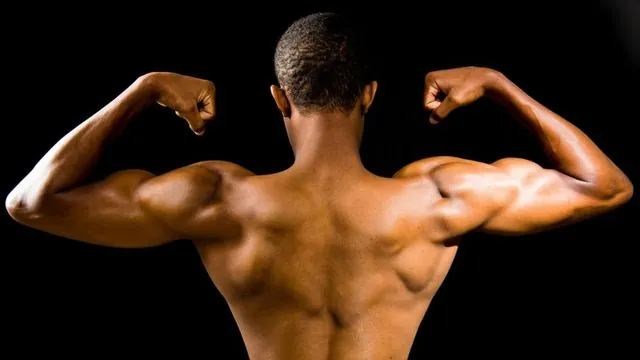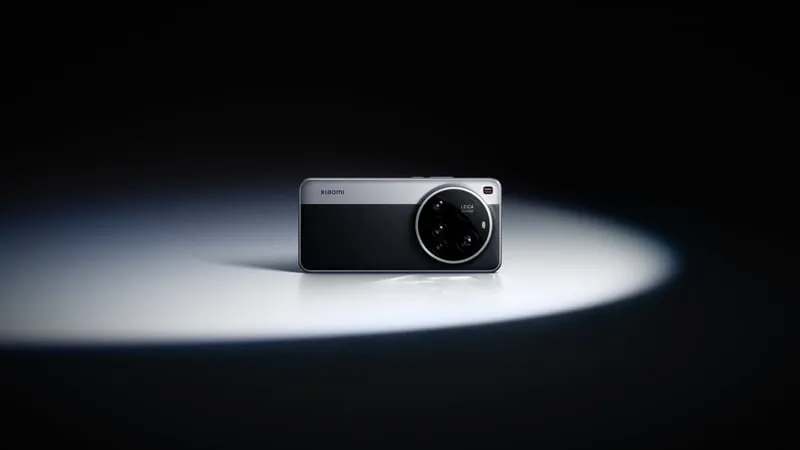
Revolutionary Multi-Directional Artificial Muscle Developed for Soft Robotics
2025-03-19
Author: Sophie
Introduction
In a groundbreaking advancement that mimics the complexity of natural muscle movement, engineers at MIT have created a unique multi-directional artificial muscle capable of mimicking the movements of soft robots. This research opens new avenues for biohybrid robotics—machines that integrate live biological tissues with mechanical systems to enhance functionality and adaptability.
The Challenge of Replicating Natural Muscle Movements
Natural muscles choreograph complex motions through the coordinated contractions of numerous muscle fibers, allowing for dynamic movements in various directions. However, until now, creating artificial muscles that could replicate this intricate capability has proven challenging, as most existing technologies are limited to movement in a singular direction.
Innovative Stamping Technique
The innovative team at MIT employed a novel "stamping" technique to create artificial muscle tissue. They began by designing a small, handheld stamp featuring microscopic grooves, which were 3D-printed with incredible precision. Each groove was then embedded into a supple hydrogel where real muscle cells were seeded. As the muscle cells proliferated, they aligned along these grooves to form muscle fibers. Upon stimulation, these fibers contracted in synchronized patterns both radially and concentrically—much like the way the human iris operates to regulate pupil size.
Unique Capabilities and Applications
"This is the first instance where we can generate force in multiple directions using skeletal muscle," remarked Ritu Raman, the lead researcher, highlighting the unique capabilities offered by their stamping approach. This innovation not only allows robots to navigate confined spaces more effectively but also harnesses soft robotics' potential to perform tasks that traditional rigid mechanical systems cannot achieve.
Accessibility of the Stamping Technique
Remarkably, the stamping technique they developed can be replicated using desktop 3D printers, making it accessible for wider use in fabricating various muscle configurations. This method has the potential to extend beyond muscle tissue, with applications in engineering other biological tissues such as neurons and cardiac cells that retain their natural functionalities.
Future Goals and Broader Implications
Raman emphasized the goal of their research: “We aim to create tissues that reflect the complex architecture of actual biological tissues. Achieving this level of detail requires precision manufacturing.”
Transformative Applications
The broader implications of this development could be transformative, as Raman's lab works on engineering materials that not only mimic the responsiveness of natural tissues but also promise applications in fields ranging from medical implants to advanced robotics. Their research aims to develop bioengineered solutions that could restore mobility for individuals with neuromuscular disorders or lead to the creation of soft robots that swim or move with an elegant, biological fluidity.
Looking Ahead
But what lies ahead? Raman and her team are looking into numerous future applications of this technology. With potential applications in soft robotics, they envision robots that are not only highly efficient but also environmentally sustainable. "Imagine robots that can operate underwater, are energy-efficient, and completely biodegradable—this is the future we are building towards," she exclaimed.
Conclusion
In summary, the creation of a multi-directional artificial muscle advances the field of biohybrid robots significantly, demonstrating that bioengineering can rival natural biology’s intricate functionalities while also fostering innovations that could reshape the landscape of robotics and medical technology for years to come.









 Brasil (PT)
Brasil (PT)
 Canada (EN)
Canada (EN)
 Chile (ES)
Chile (ES)
 Česko (CS)
Česko (CS)
 대한민국 (KO)
대한민국 (KO)
 España (ES)
España (ES)
 France (FR)
France (FR)
 Hong Kong (EN)
Hong Kong (EN)
 Italia (IT)
Italia (IT)
 日本 (JA)
日本 (JA)
 Magyarország (HU)
Magyarország (HU)
 Norge (NO)
Norge (NO)
 Polska (PL)
Polska (PL)
 Schweiz (DE)
Schweiz (DE)
 Singapore (EN)
Singapore (EN)
 Sverige (SV)
Sverige (SV)
 Suomi (FI)
Suomi (FI)
 Türkiye (TR)
Türkiye (TR)
 الإمارات العربية المتحدة (AR)
الإمارات العربية المتحدة (AR)